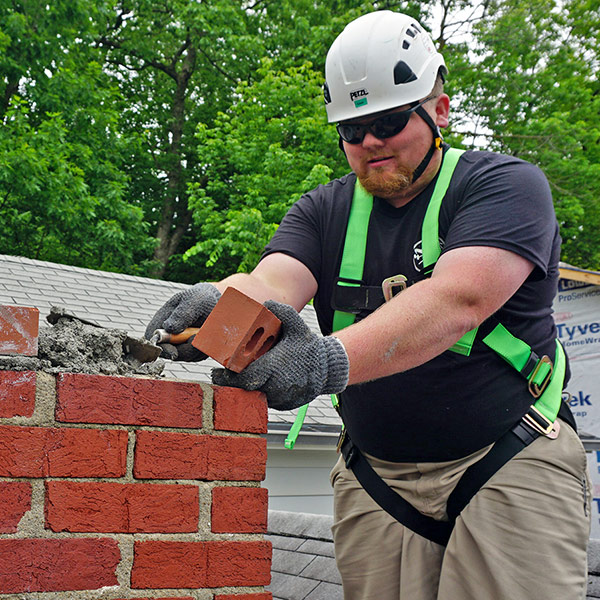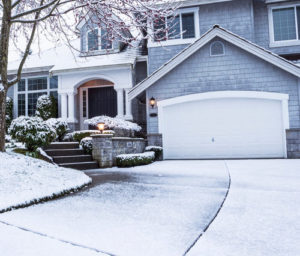Protect Your Home and Family with Your Chimney!
If you’re currently self-quarantining and sitting at home with out-of-school kids, you might be stocking up on toilet paper and and checking that everything is clean and safe. Don’t want to alarm you but you’re forgetting something. There’s a giant, important part of your home that you probably haven’t even thought to clean.
It’s your chimney!
Oh yeah…your chimney. If you think about it, your chimney was working its hardest over the last few months. Now is the perfect time to see what –if any– damage all the cold weather and rain did to things. Chimney inspection and a possible chimney sweep can prevent disasters that will affect your home all the way into next winter. Take advantage of your cleaning spree and boost your chimney and fireplace performance by getting yours inspected now!
Five reasons now’s the time!
- Keep your home smelling fresh.
Ever heard of creosote? It’s the buildup that comes from wood fires and turns into dark, cruddy deposits in your chimney. Creosote sitting there in your chimney and, as the weather warms up, it’s going to create a terrible odor that will spread all throughout your house. - Make sure your home’s safe…
…from critters. Chimneys are also common entry points for a variety of unwanted pests, ranging from squirrels to birds. A properly installed and inspected chimney cap, pan, or shroud will prevent these pesky critters from entering your property and causing problems. - Don’t let the water in.
All of that rainy weather can cause water damage from the buildup of moisture in your chimney. In fact, with the record rainfall we had over the winter, water might already be puddling up in there. Your chimney can collect debris and water just like your gutters do. Make sure they’re as clean as can be before things get even worse. - Take advantage of the off-season schedule.
Honestly, the smartest customers take advantage of a spring chimney inspection because they’re also taking advantage of it being our “off-season”. It’s a less-busy time for chimney services than say, early fall when everyone suddenly starts remembering they have chimneys. It’s easier to schedule around your own schedule if you call us now. - Get ahead of things.
Be prepared for upcoming service needs and long-term maintenance. If you get your chimney inspected now and find that there’s damage that needs repairing by fall/winter, you now have a little more time to act. Prevent chronic issues and costly repairs by spotting and fixing problems early.
Feel as fresh, clean, and smart as possible this spring. Give Southern Chimneys a call today. Our technicians will complete an inside and out 18-point inspection and complete a consultation to address and discuss any issues or concerns.
This post first appeared on https://southernchimneys.com

 Old age: Like just about everything, chimney bricks and the mortar that connects them have lifespans. Older bricks are more likely to decay simply because of old age as well as due to the causes listed below.
Old age: Like just about everything, chimney bricks and the mortar that connects them have lifespans. Older bricks are more likely to decay simply because of old age as well as due to the causes listed below. As dire as the results of ignoring spalling bricks can be, solving the problem usually isn’t difficult. The idea is to catch it early. This is accomplished by your own periodic inspections of the chimney’s exterior as well as
As dire as the results of ignoring spalling bricks can be, solving the problem usually isn’t difficult. The idea is to catch it early. This is accomplished by your own periodic inspections of the chimney’s exterior as well as  A properly fitted chimney cap
A properly fitted chimney cap Outside mount caps are custom-built
Outside mount caps are custom-built
 Water damage
Water damage


 If you’re attracted to the allure of an old-fashioned wood stove, you might be thinking of using it to keep your home warm in the winter. Living in New England, many old and historic homes contain one of these gems. However, you want to consider your safety before you light a match.
If you’re attracted to the allure of an old-fashioned wood stove, you might be thinking of using it to keep your home warm in the winter. Living in New England, many old and historic homes contain one of these gems. However, you want to consider your safety before you light a match.
